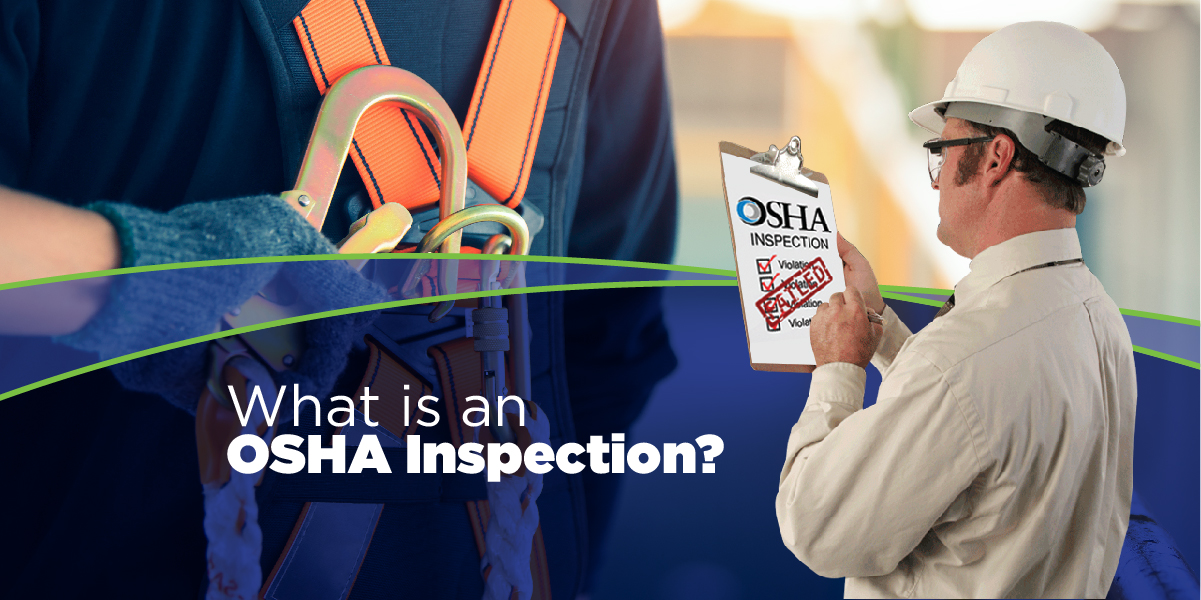The Occupational Safety and Health Administration (OSHA) has every right to inspect your workplace, impose penalties, and record violations of governmental safety regulations.
What gives them the right to do this?
OSHA is a government agency that is responsible for enforcing workplace health and safety regulations . However, there’s simply no way that they could inspect every workplace. Relevant questions to ask are: What triggers an OSHA inspection or what are the different types of OSHA inspections? Types of inspections brought on by various triggers can be:
• Imminent danger to employees
Conditions that could lead to the death or serious injury of your employees are at the top of OSHA’s priority list. Reports or allegations of violations in this department will usually be checked out within 24 hours.
• Investigations relating to fatalities and catastrophes
Workplace accidents that cause the death of an employee must be reported within 8 hours, and serious injuries such as loss of an eye, or amputation or requiring hospitalization must be reported to OSHA within 24 hours.
• Employee complaints
Complaints made by employees alleging some sort of safety hazard. Approximately 25% of all OSHA inspections are triggered by an employee complaint.
If you work in an industry that has a high risk of hazards, it is also probable that OSHA will conduct “programmatic” inspections, even when complaints or catastrophes don’t factor in.
Inspections are conducted by compliance officers, and most come without notice. They can’t show up at midnight and expect a tour of your facility though. During an OSHA inspection, it’s the norm for these inspections to take place during normal working hours and cause little to no disruption to the regular work day, except for those staff assigned to help manage the inspection process. If OSHA representatives are denied access, they can (and most likely will) obtain a warrant from a judge to gain access.
Representatives from the company being inspected may accompany the officer on his or her walkthrough of the facilities, as well as having some level of discretion as to what the officer has the right to see. For example, if there was a complaint that related to practices on the assembly line at a factory but then the officer inspecting the space suddenly requested access to the entire facility, it would be reasonable to question the necessity of that request. These “expanded” inspections are often triggered in situations where the inspector notices other serious health and safety violation concerns.
Obviously, it’s critical to make a plan to prepare for an OSHA inspection.
So, now on to the questions everyone is asking.
If the inspectors find something, what happens next?
When a workplace inspection reveals some sort of violation or safety hazard, OSHA will issue a citation. Even if the violation was caused or triggered by an employee, the employer is the one that will receive the citation.
At that point, what rights does the employer have regarding an OSHA inspection?
There are a few ways this will play out:
1. Fix the problem, adjust your practices, and pay the fine.
2. Negotiate with OSHA to reduce the penalties. In reality, the best a company can normally expect is a 40% reduction.
3. Contest the claim entirely, but this is only advisable if the company is certain that they can prove with documentation that the citation was invalid.
It is important to remember, however, that in nearly all cases, OSHA would rather negotiate than litigate.
While it is relatively improbable that you will face a surprise inspection from OSHA, workplace safety should always be at the top of your priority list. To make sure you’re prepared, read this example OSHA inspection checklist and try to apply it to your workplace!
Here are some key OSHA compliance areas you should be aware of, and expect that OSHA will scrutinize if you get inspected:
- Health & Safety Training Requirements
- Lockout/Tagout (LOTO)
- Hazard Communication
We’re always here to answer any additional questions you might have about the OSHA inspection process, managing an OSHA inspection, what happens after, or anything else.
Call 512-457-0374 or Click Here
To Schedule Your Free OSHA Compliance Consultation


